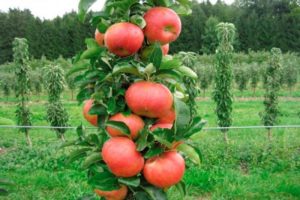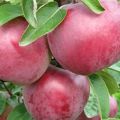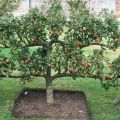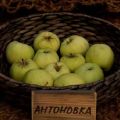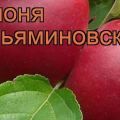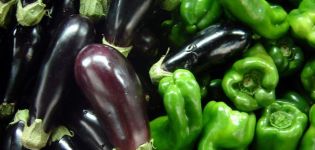Description and characteristics of the Auxis apple tree, planting, cultivation and care
The apple-tree of the Auxis variety is not the most whimsical, but at the same time high-yielding hybrids. Many gardeners who have grown an apple tree on their site note that the apples of this variety are one of the most delicious.
Breeding history
The Auxis variety was bred by breeders from Lithuania. The hybrid was obtained by crossing the Macintosh apple tree and Grafshtein red.
Advantages and disadvantages
The advantages of the Auxis hybrid include the following characteristics:
- The tree's ability to survive frosty winters.
- Productivity.
- Early fruiting after planting a seedling.
Among the disadvantages are the shattering of fruits at the stage of technical maturity. One has only to overexpose the fruits on the tree, as they begin to fall off en masse.
Characteristic features of culture
Before buying an Auxis seedling, you should study the description of an adult plant.
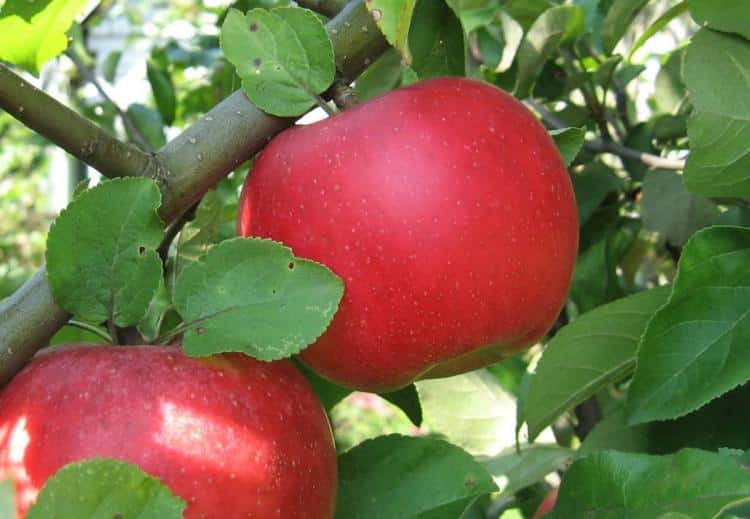
External description of the tree
The apple tree Auxis belongs to the medium-sized type, the trunk height is from 3 to 5.5 m. The crown of the plant is neat, small in size, resembles a circle in shape. The leaves are large, light green. Inflorescences of a pale pink color.
Frost and disease resistance
Resistance to winter frost is average. If the winter in the growing region is frosty, but at the same time there is little snow, in the fall it is worth thinking about covering the trunk so that the bark does not begin to crack in the cold. Resistance to various diseases of fruit crops is high.
Ripening and fruiting of an apple tree
Another important characteristic of any apple variety is the ripening and fruiting period of the tree.
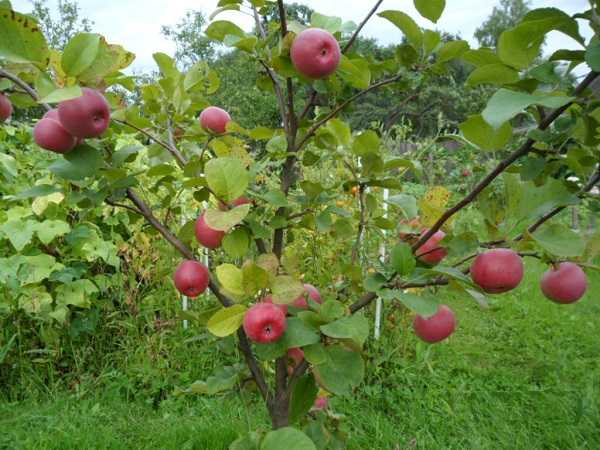
Pollinating varieties
The Auxis apple tree belongs to self-fertile hybrids, therefore, it will not work to get a harvest without being adjacent to other apple trees. Pollinating varieties include:
- Knight;
- Antonovka;
- Renet Semerenko;
- Antaeus;
- Scarlet anise.
To increase pollination, it is recommended to plant 3-4 varieties of apple trees nearby.
Flowering and ripening of fruits
The flowering period of the plant is in mid-May. Ripening of apples begins in the last decade of September and often lasts until the middle of the next month.

Productivity and tasting evaluation
The apple yield is at a height, about 20-35 kg of fruits are harvested from the tree per year. But the older the plant, the less the tree is harvested.
Harvesting and storage
You can pick fruits in September. Don't wait for the apples to fall off the tree. Stored for a long time, up to March.
In which regions is it recommended to plant
The Auxis apple tree is suitable for growing in regions with warm to moderate winters. In the north of Russia, the tree does not always take root.

Cultivation of apple trees Auxis
Cultivation of the Lithuanian hybrid Auxis is not an easy task. But the advantages of this variety will pay off all the efforts that need to be made to care for the tree.
Selection and preparation of a seedling
Only healthy seedlings with a developed root system are suitable for planting. The trunk and branches should not show signs of damage. Before planting, in 1-2 hours, the rootstock of the seedling is dipped in a preparation that activates the growth of the tree.
Immediately before planting, the root system is dipped into a liquid clay solution.
Choosing the best place
It is advisable to plant Auxis in open areas with a lot of sun. But at the same time protected from drafts.
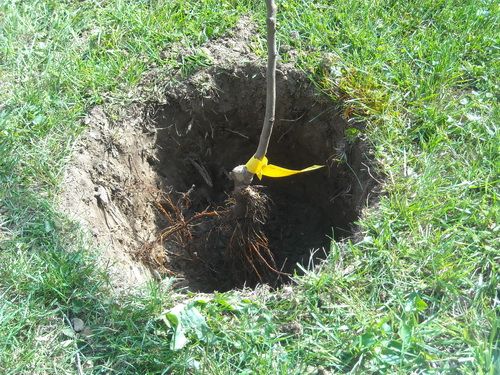
Soil composition and planting scheme
The apple tree prefers to grow on light fertile soils, loamy or sandy loam, with neutral acidity. The distance between other trees during planting should be left from 3 to 4 m.To plant a seedling, dig a hole 1 m deep and 70-80 cm wide.
How to care for a young and adult apple tree
A young apple tree needs special care. For the winter, a newly planted seedling should be covered. A young tree is watered several times a month, unlike an adult tree.

Irrigation regularity
Enough 4 waterings per season:
- during the formation of the kidneys;
- during flowering;
- when the ovaries begin to form;
- before the onset of frost.
Watering is carried out only with heated water.
Top dressing
In the first half of the season, when bud formation and the formation of ovaries begin, nitrogenous fertilizers are applied to the soil. For example, ammonium sulfate, urea, or sodium nitrate. During the fruiting period, potassium and phosphorus, as well as organic matter, are introduced into the soil. Trees can be watered with weed infusion.
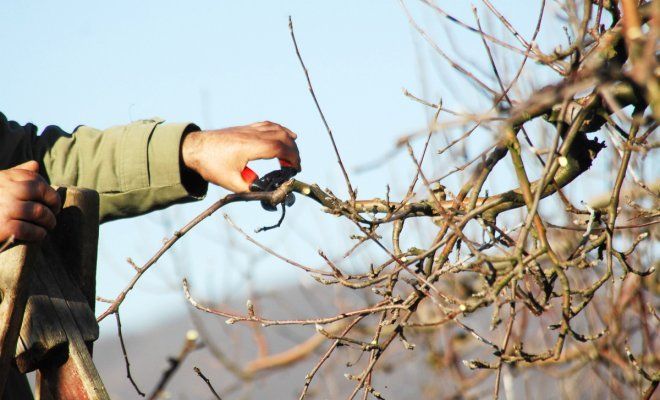
Trimming and forming
In the fall, dry branches are cut. In the spring, part of the young shoots is removed. 3-4 skeletal branches are left on the tree and the top is slightly shortened.
Insect treatment
As a prophylaxis against insects, apple trees are sprayed with Bordeaux liquid in the spring.
Covering for the winter
For the winter, the soil around the trunk is mulched with peat. A layer of mulch from 15 to 25 cm. If the tree is young, it is covered with spruce branches. In the first two years, it is recommended to cover the seedling in this way for the winter.
